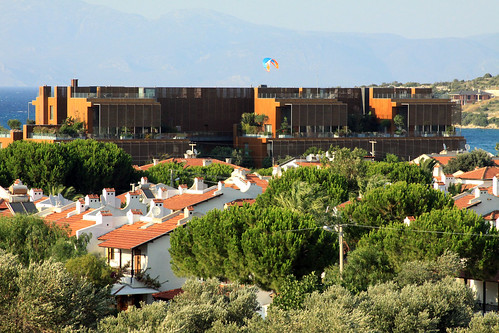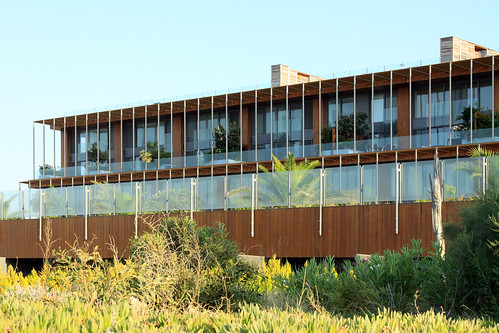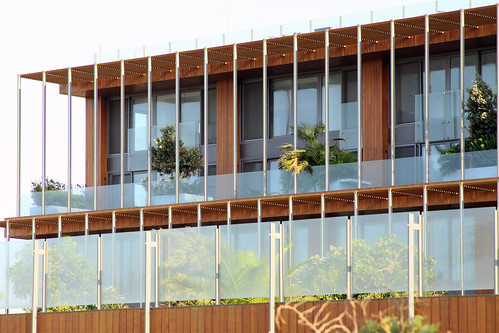
A review of the 1994 book by Marwa Al- Nahlawi
This book comprises a widely illustrated collection of articles and essays put forward by the leading figures of the New Urbanism movement that emerged in the United States in the late 1970s. Split into two parts, “The New Urbanism” demonstrates how the principles of this movement can be applied to both infill and new development sites at a variety of ranges and scales in the city. The author claims that it “couldn’t have come at a better time” following the unsustainable suburban sprawl that had risen in the mid 20th Century after the Second World War. The advent of the automobile, along with the deterioration of city centres, encouraged more people to leave and disperse to the suburbs for privacy, mobility, security and home ownership. Despite there being many advantages to this move, it resulted in the fragmentation of society of which the consequences went by unnoticed for a long time.
The New Urbanism movement came forward as a response to this, in order to try and reintegrate the components of modern urban and suburban life into compact pedestrian-friendly communities efficiently linked with the larger regional infrastructure. According to Peter Calthorpe, one of the founding members of the Congress for New Urbanism, there are two ways in which the principles of the New Urbanism are to be employed in a region. First, they should be applied in cities as well as suburbs and new growth areas. Second, the entire region should be treated as a whole (socially, economically and ecologically), using the same design principles throughout. With regards to a growing region, Calthorpe rejects any attempt to limit overall growth or allow it to expand uncontrollably, claiming that both actions would result in either further sprawl or undesirable traffic and congestion. Alternatively, he states that growth should be accommodated first in redevelopment and infill locations and then in new growth areas that are within transit proximity to the city centre. Peter Calthorpe’s work is based mainly on TOD (Transit-oriented development), which is “an attempt to regroup the suburb into a density which makes public transit feasible”.
Andres Duany and Elizabeth Plater-Zyberk, both also co-founders of the Congress for New Urbanism, established the principles of TND (Traditional Neighbourhood Development) with the fundamental organizing elements being the neighbourhood, the district and the corridor. The neighbourhood is defined as an urbanized area with a balanced mix of human activity; it has a centre and an edge and is based on a network of interconnecting streets where people live, work, play, shop, to go to school, etc. In a neighbourhood, the public realm rules over the private. A district has a similar structure to that of a neighbourhood and also relies on its relationship to transit but is usually an area of a single primary function around which other supporting activities may take place. Finally, the corridor, acts as a connector and separator of neighbourhoods and districts, and it is characterized by its visual continuity. Its technological intensity and close-by densities determine the location and type of a corridor.
In their essay, Elizabeth Moule and Stefanos Polyzoides – also members of the Congress for New Urbanism -take Architecture and Urbanism back to its most elemental scale in which a plan is first laid out followed by the regulation of public and private realms and finally, the introduction of buildings and open spaces that ultimately define the character of a city. Their application of the New Urbanism principles is to ensure the existence of a public realm through individual buildings by taking the street, the building and the block as mutually dependent entities. Rather than dividing lines, the streets in a city are seen as communal spaces and passages within an interconnected network. Along with the basic design principles of streets, there should exist a hierarchy in their types, according to their required vehicular and pedestrian load. Blocks illustrate the urban fabric of a city and define the public realm, revealing the relationship between the pedestrian, the vehicle and the building. Ultimately, they should be designed and configured around the pedestrian before anything else. The building is considered to be “the smallest increment of growth” in the city. Moule and Polyzaides argue that, in building design, functionalism and flexibility alone result in exclusive zoning and fragmentation; therefore, design should include type as well as function to allow for more sustainable and adaptable architecture.
In the afterword, Vincent Scully, suggests that although the principles of the New Urbanism claim to be applicable to the city centre as well as the suburbs – and a couple of examples were illustrated in the book – it deals mainly with suburban settings and therefore “The new Suburbanism” may have been more fitting for a title. However, he also mentions that in any case, the book is more about bringing back the sense of community into architecture, a characteristic that had been gradually declining over the course of the century. This disintegration he confirms is owed mostly to the automobile above all else.
“The New Urbanism”, like many other publications, is not a flawless response to the sprawl and fragmentation that emerged in the United States, and nor is it a complete solution with no holes to be filled. However, it provides a utopian concept that, if applied thoroughly and conscientiously, can provide a holistic model for town and city planning, with minimal trade-offs. This concept seeks to revive the public realm, which has been increasingly dominated by the private, and revitalise the city that has deteriorated over time. The principles mentioned in the book instruct us to favour the pedestrian over the automobile, and design accordingly. They aim to regenerate the once existing community-based towns that have been replaced by modernism’s international style of architecture that is free from the restraints of the city, from the community, from the urban situation as a whole. Saying that, I also believe that upon embracing these principles, it is very easy to steer away from the primary intention of creating mixed use, diverse, pedestrianised communities and instead, create socially exclusive, sheltered developments that are far from being “public” per se.

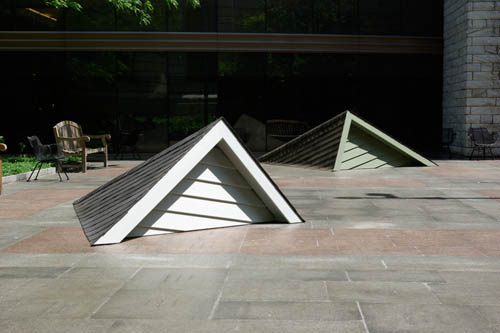 [Image: Watership Down by Maier Yagod and Jon Reed at the Cleveland Public Library].
[Image: Watership Down by Maier Yagod and Jon Reed at the Cleveland Public Library].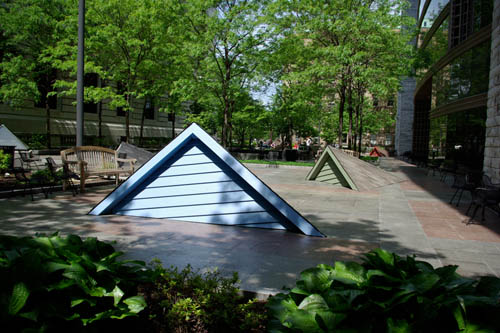 [Image: Watership Down by Maier Yagod and Jon Reed at the Cleveland Public Library].
[Image: Watership Down by Maier Yagod and Jon Reed at the Cleveland Public Library].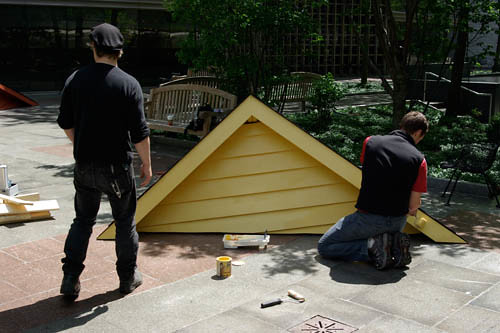 [Image: Watership Down by Maier Yagod and Jon Reed at the Cleveland Public Library].
[Image: Watership Down by Maier Yagod and Jon Reed at the Cleveland Public Library].



 The Walker Residence was designed in 1948 and completed in 1951 for Della Walker. It's a small house nestled into the beach rocks on the water side of Scenic Drive in Carmel. I loved the gates into the driveway / carport which almost feel like the backdoor as it has such a prominent face on the other side.
The Walker Residence was designed in 1948 and completed in 1951 for Della Walker. It's a small house nestled into the beach rocks on the water side of Scenic Drive in Carmel. I loved the gates into the driveway / carport which almost feel like the backdoor as it has such a prominent face on the other side. As you can tell from these pictures, it's so perfectly sited that it blends into its surroundings. If you didn't know it was there, you might not notice it!
As you can tell from these pictures, it's so perfectly sited that it blends into its surroundings. If you didn't know it was there, you might not notice it! It's small sizes gives it the nickname 'the cabin on the rocks' (Carmel is full of cottages or 'cabins') but it's definitely not small on design. Above you see a typical FLW element, the carport.
It's small sizes gives it the nickname 'the cabin on the rocks' (Carmel is full of cottages or 'cabins') but it's definitely not small on design. Above you see a typical FLW element, the carport. Built originally for $125,000, FLW later added a master bedroom in 1956. He is known to have considered this amongst his favorite houses.
Built originally for $125,000, FLW later added a master bedroom in 1956. He is known to have considered this amongst his favorite houses.
 The one side of the house has stairs which go down onto a small secluded beach area, seen above.
The one side of the house has stairs which go down onto a small secluded beach area, seen above. The design is based on a ship with a terrace off the liviing room becoming the prow, thrusting into Monterey Bay.
The design is based on a ship with a terrace off the liviing room becoming the prow, thrusting into Monterey Bay.
 The house was featured in the 1959 movie "A Summer Place". Has anyone ever seen this? I'll have to add it to my netflix queue.
The house was featured in the 1959 movie "A Summer Place". Has anyone ever seen this? I'll have to add it to my netflix queue.
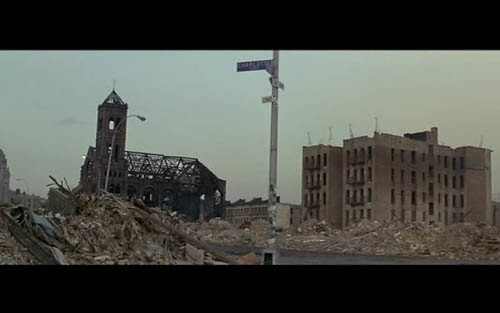 [Image: A film still from
[Image: A film still from 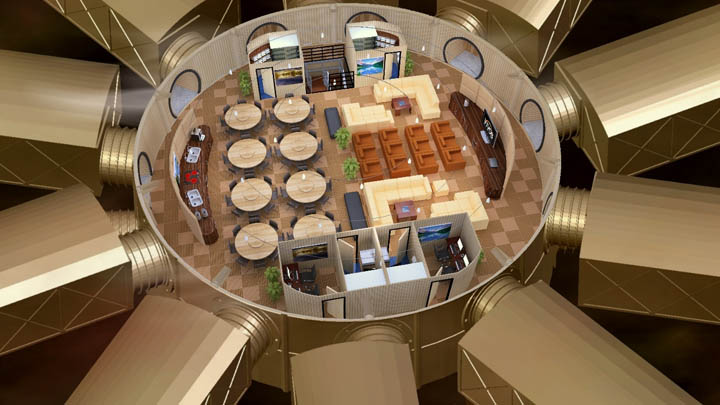 [Image: A 20,000 square-foot underground shelter by
[Image: A 20,000 square-foot underground shelter by 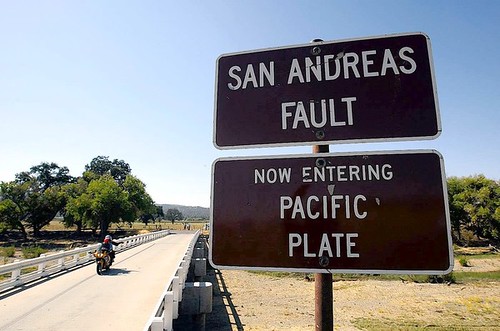 [Image: Photo by Spencer Weiner for the
[Image: Photo by Spencer Weiner for the 

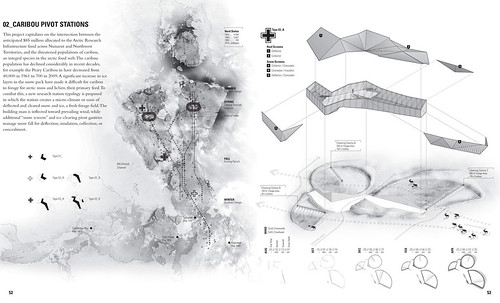
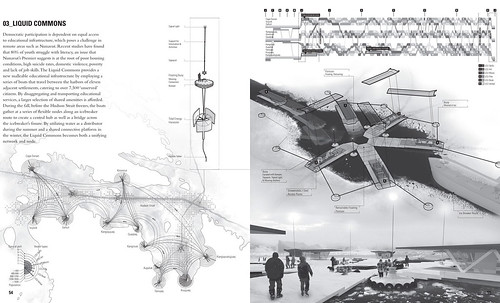 [Images:
[Images: 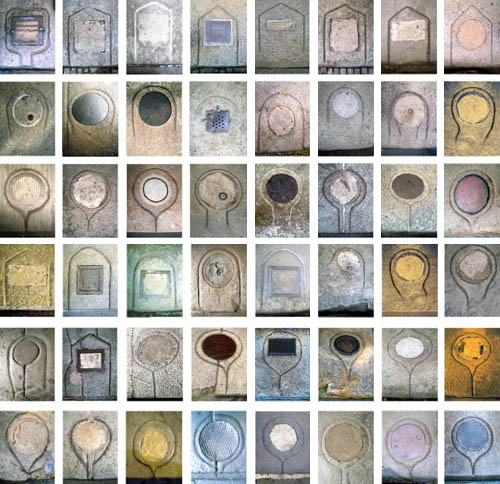 [Images: Photos by Linda Pollak, courtesy of
[Images: Photos by Linda Pollak, courtesy of  [Image: Institute of Oriental Studies, St. Petersburg/Giraudon/Art Resource, via Saudi Aramco World].
[Image: Institute of Oriental Studies, St. Petersburg/Giraudon/Art Resource, via Saudi Aramco World].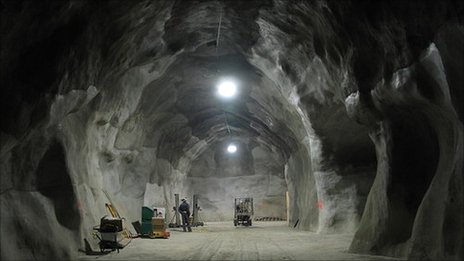
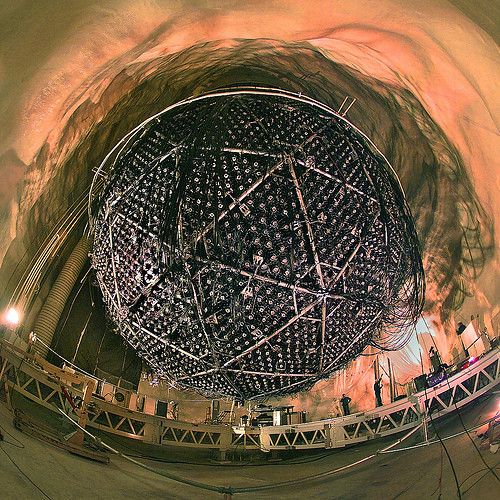 [Images: The
[Images: The 


 So far, I've covered graduate research presentations here at the
So far, I've covered graduate research presentations here at the 










